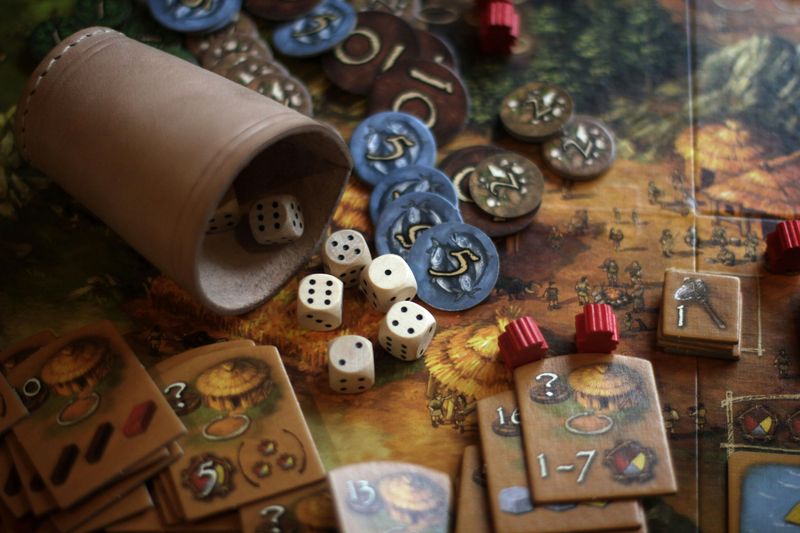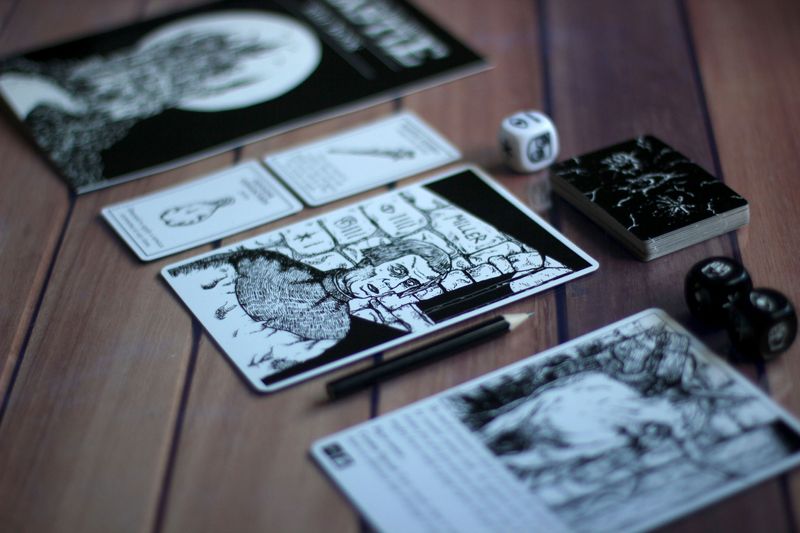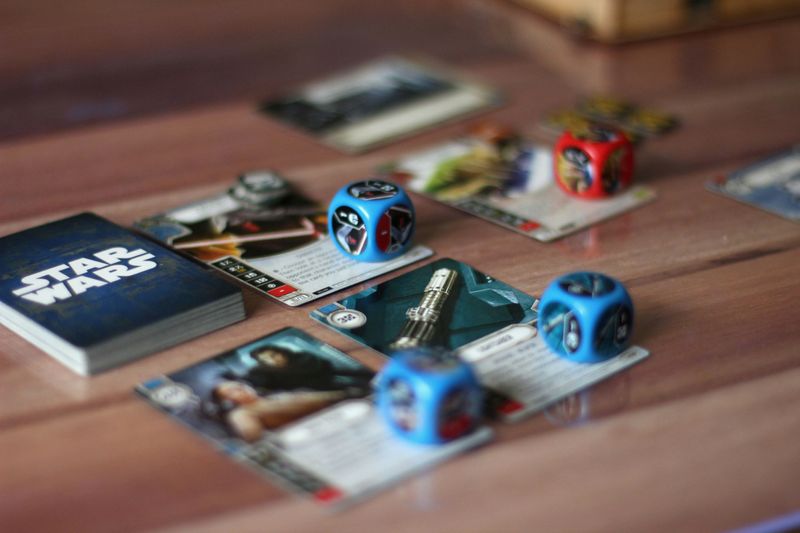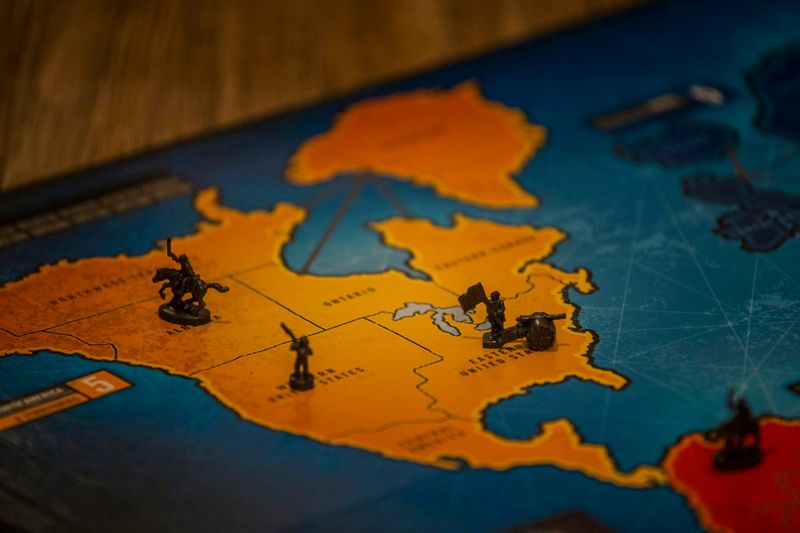With over 150,000 known board games in existence, it can seem hard to choose the right game for you or your gaming group.
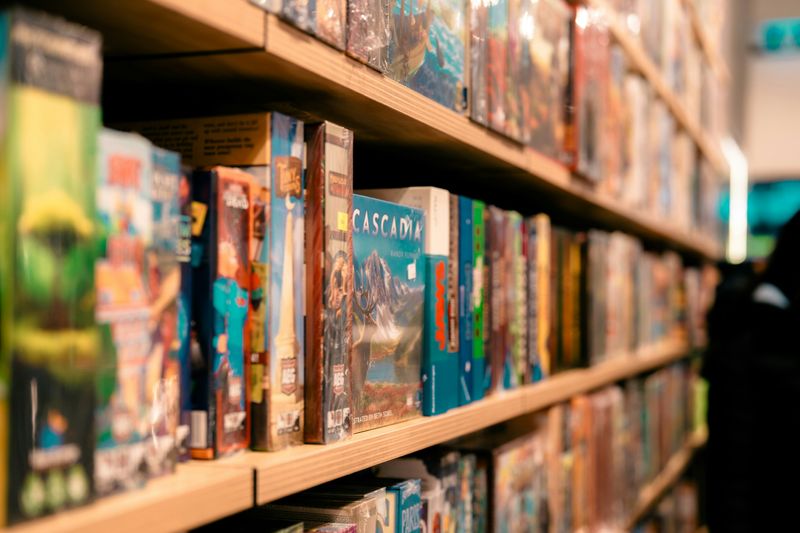 Photo by Madeline Liu on Unsplash
Photo by Madeline Liu on UnsplashThe good news: there truly is a game out there for everyone, and there are some practical ways you can narrow down the types of games you would enjoy the most.
Board Game Basics
You can tell a lot about a board game just by taking a look at the box. Most board games will help you decide if the game is right for you or your gaming group by listing a few important characteristics of the game on the back (or front) of the box:
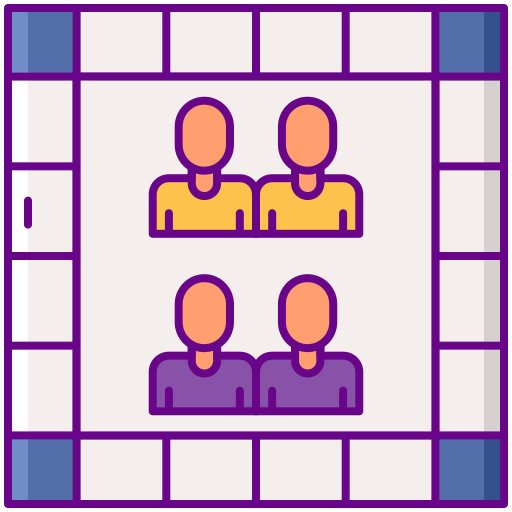 Ideal Number of Players
Ideal Number of Players
From games created to be played alone, to games supporting 30+ players, there truly is a game for any-sized group.
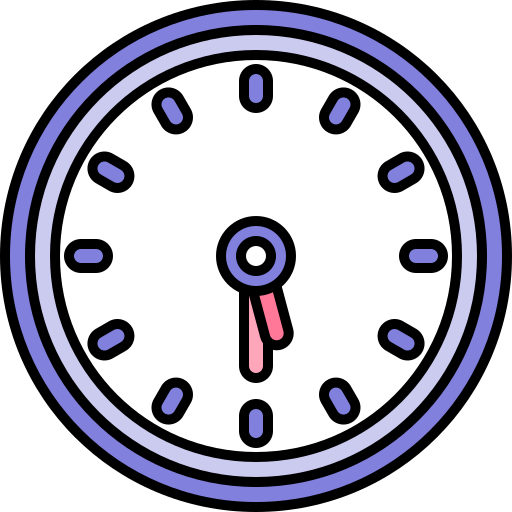 Playtime
Playtime
How much time do you have? Do you have just a few minutes to play with a friend at a coffee shop? Or maybe your group is looking for something more immersive that will take a few hours to complete?
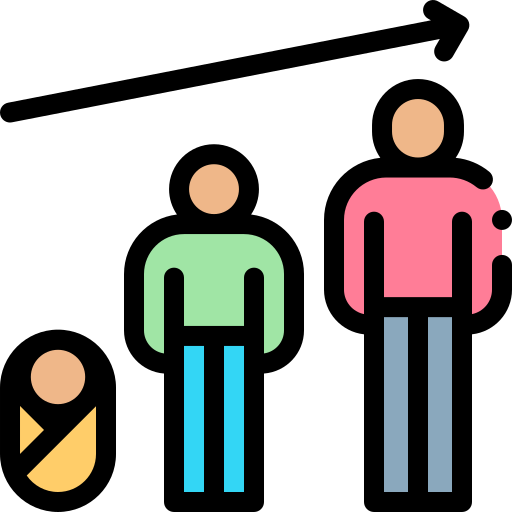 Ideal Age of Players
Ideal Age of Players
Is everyone in your group of a similar age, or do you have a mixed group? Games will list the minimum recommended age for players to help you choose an age-appropriate game, whether your group is very young or just young at heart.
 Complexity
Complexity
How experienced is your group with board games? While most games don't have a specific "complexity" section on the box, you can draw some conclusions based on a game's other factors.
Games will generally be more difficult to learn and understand if they:
have a higher recommended age
take more time to play
have more pieces, cards, or tokens to manage
Once you have a good sense of who your players are, the fun part of the search for your perfect gaming experience can begin!
Game Themes
One of the most fun parts about selecting a game can be choosing a game with an interesting theme. Picking a game that matches the interests of your group can ensure they're engaged and immersed in the experience.
Some common game themes include:
sci-fi
fantasy
adventure
history
post-apocalyptic
nature
economic strategy
gothic horror
and many more!
If your group is less interested in themes and more so in the competitive aspect of gaming, many card games and word games have no theme, focusing more on learning the rules and maximizing your strategy.
Competitive or Cooperative
In addition to a game's theme, you can consider how your group likes to play. Do the people in your gaming group enjoy the thrill of winning, or are they more interested in engaging with solving puzzles or a unique challenge?
Most games fall somewhere on the spectrum between one-winner-takes-all and a scenario where we all win or lose by working together:
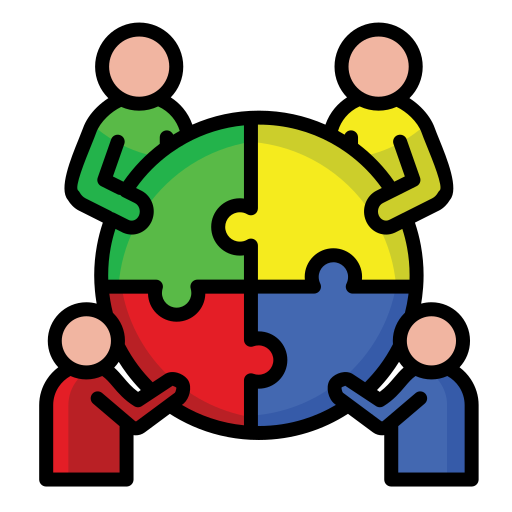
Cooperative Games
Highly cooperative games require your group to use discussion and collaboration to solve a game challenge.
Pandemic is a great example, where players take on the role of scientists working together to stop the spread of an infectious disease.

Blended Games
Some games bring in competitive and cooperative elements that make the experience vary from player to player. In Betrayal at House on the Hill, players start the game assuming everyone is on the same team... but in some games, there is a traitor working against the rest.
Come One Come All
A large majority of board or tabletop games are best for groups of between 2-6 players. Finding the right game to play alone or with a large group, however, can be a bit more challenging.
Games for One
Board games for one player offer a unique tabletop experience, providing the tactile element usually missing from single-player video games.
Here's some inspiration to explore some unique single-player experiences:
Games for Large Groups
Party games are perfect for engaging you and a large group of friends in team-based competition or social deduction gameplay.
Some common party game types include:
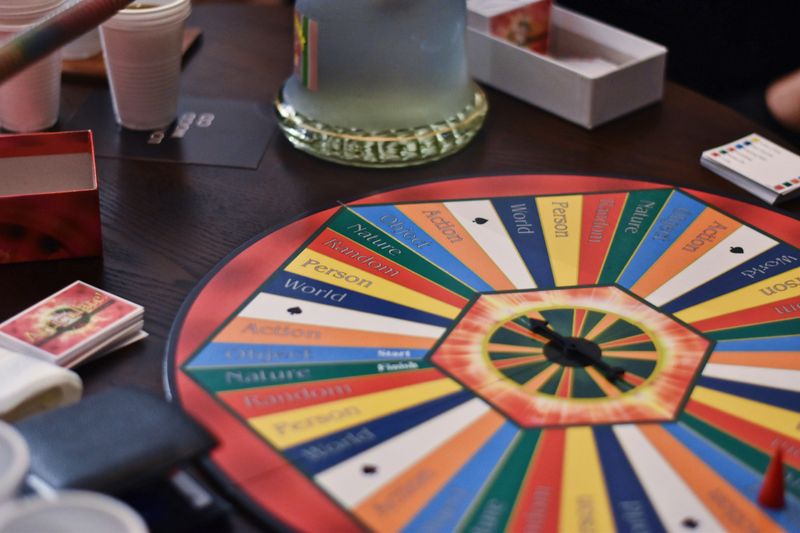 Photo by Rumman Amin on Unsplash
Photo by Rumman Amin on UnsplashWord Guessing Games
Word guessing games challenge your group to use language and word knowledge to get their team to guess hidden words.
Games like Taboo and Monikers are great options for large groups of all skill levels.
 Photo by Sander Sammy on Unsplash
Photo by Sander Sammy on UnsplashHidden Identity Games
Hidden identity games begin by assigning each player a character role. Each role has its own win condition, and players with the same role work together while trying to keep their identity a secret.
Ultimate Werewolf is a game where the townspeople aim to eliminate the werewolves before the werewolves can do the same.
Planning a Game Night
Imagine you and 3 other adult friends are interested in exploring board gaming as a new hobby.
You volunteered to host the first game night and are thinking of some games to buy. Your friends are very competitive and enjoy the thrill of outwitting each other. You're looking for some games to keep the group engaged for a few hours.
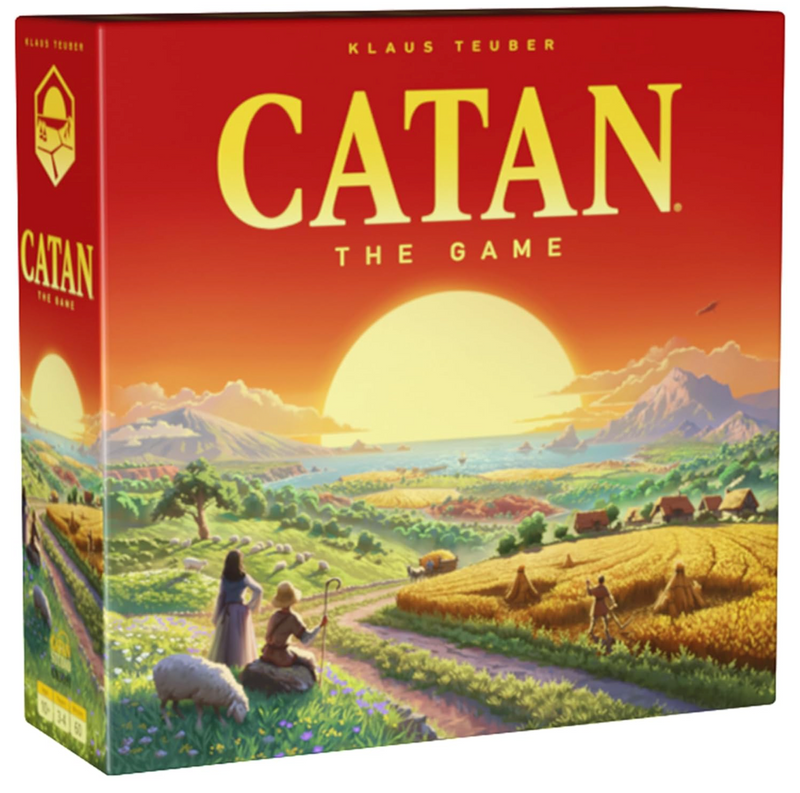 Catan
Catan
Players: 3-4
Age: 10+
Playtime: 60-90 minutes
Theme: Players take on the role of settlers, competing to expand their claim of fertile and treacherous lands.
Difficulty: Average
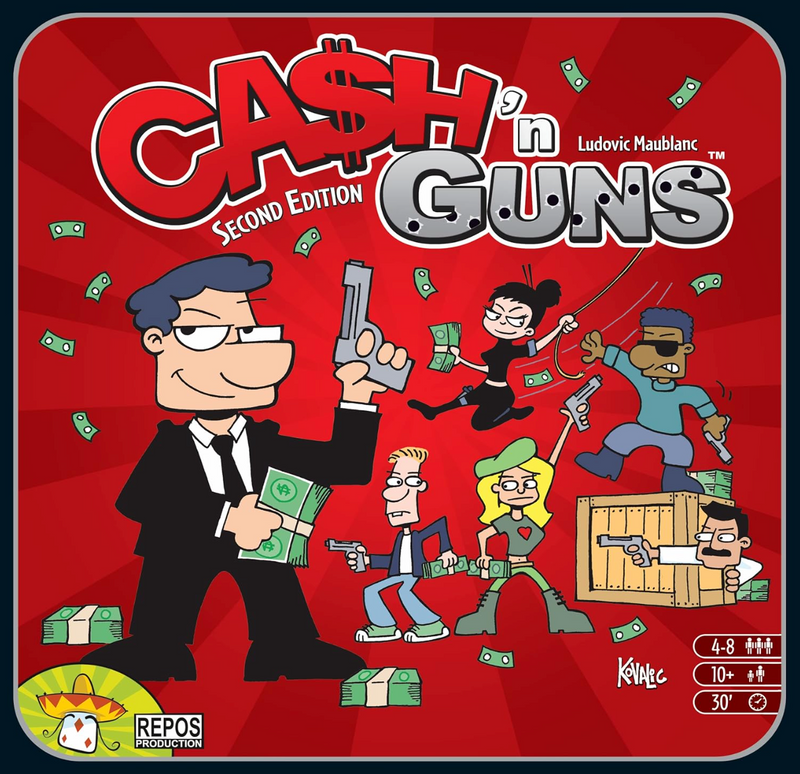 Cash n' Guns
Cash n' Guns
Players: 4-8
Age: 10+
Playtime: 30 minutes
Theme: Players take on the role of thieves, using strategy and cunning to steal more cash than other players.
Difficulty: Easy
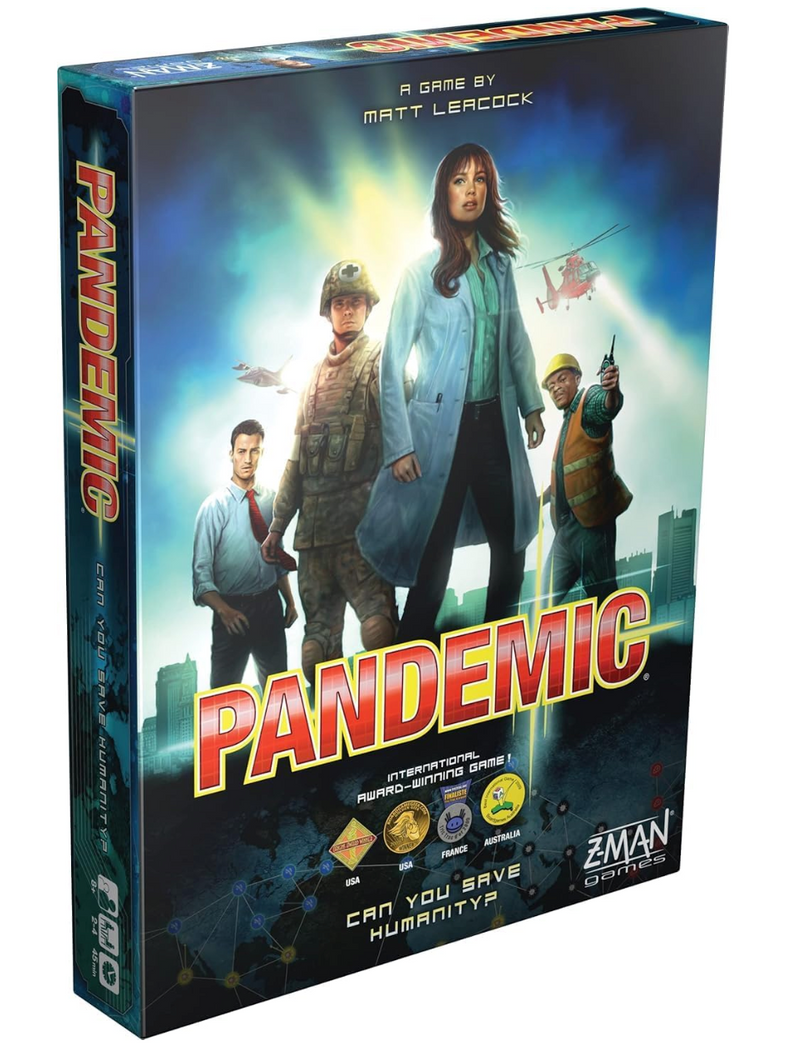 Pandemic
Pandemic
Players: 2-4 players
Age: 10+
Playtime: 45 minutes
Theme: Players work together as a team of scientists in a race against time to eradicate a disease before it takes over the world.
Difficulty: Average
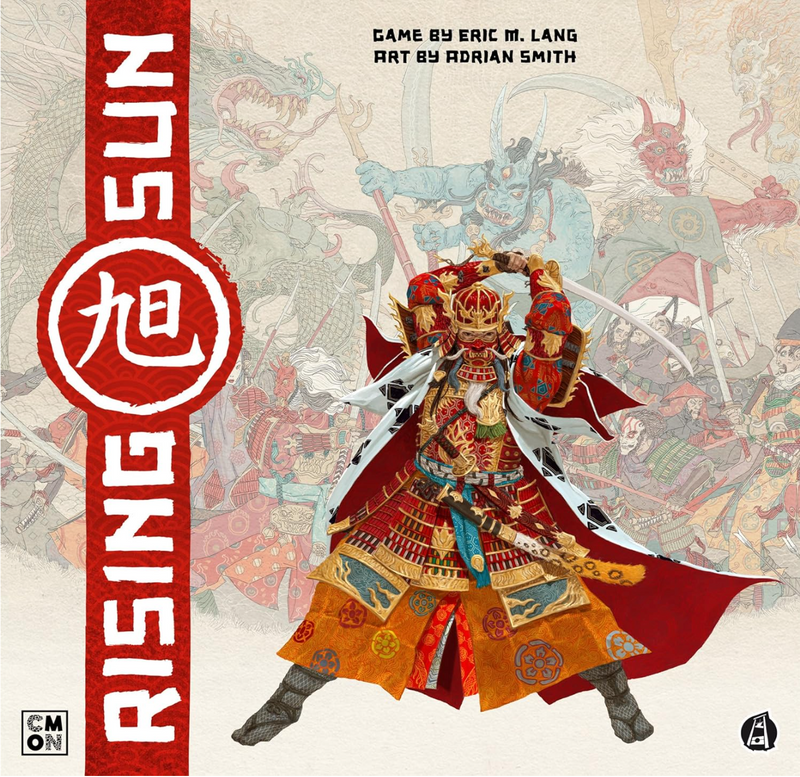 Rising Sun
Rising Sun
Players: 3-5
Age: 14+
Playtime: 90-120 minutes
Theme: Players take on the role of clan leaders in feudal Japan, using strategy, short-term alliances, and bluffing to conquer the most land.
Difficulty: Advanced
Quiz
Which game(s) would be best for your group? Select all that apply:
Best Places to Learn about New Games
Ready to find your perfect game? You won't want to ignore these two amazing resources to help you explore all that's out there in the tabletop gaming world:
Board Game Geek
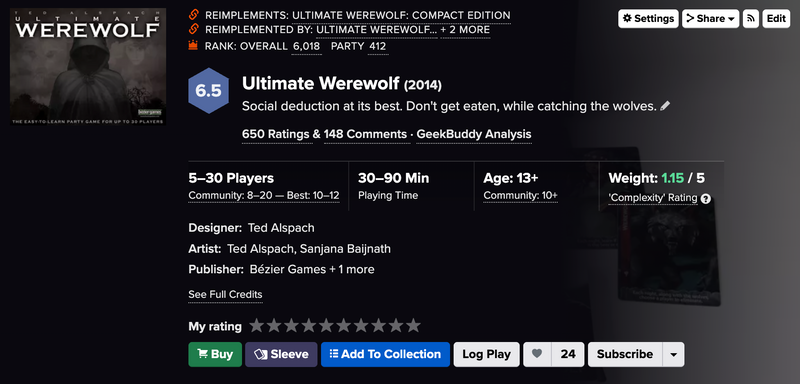 Board Game Geek is the biggest database on the web where you can learn anything and everything about tabletop games! You can search for a specific game you have heard about or discover games by using the site's filters.
Board Game Geek is the biggest database on the web where you can learn anything and everything about tabletop games! You can search for a specific game you have heard about or discover games by using the site's filters.
Community members also provide their perspective on the game's level of complexity, as well as whether the game's ideal number of players and recommended age differ in practice from what is listed on the box.
Boardgame Cafes
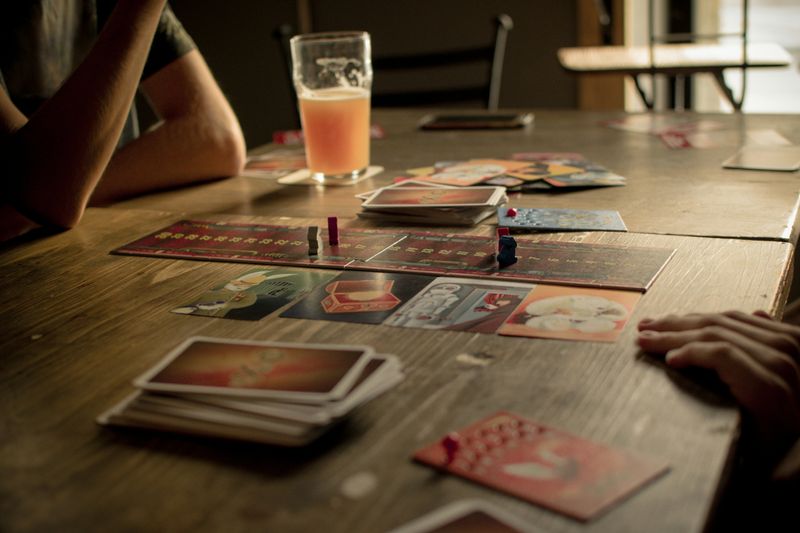 Photo by Egidijus Bielskis on Unsplash
Photo by Egidijus Bielskis on UnsplashBoard game cafes are perfect for exploring new games without the risk of buying a game your group may not enjoy. These cafes usually have hundreds of games you can borrow and play with your group, and the cafe hosts are happy to recommend games based on your group's preferences.
Take Action
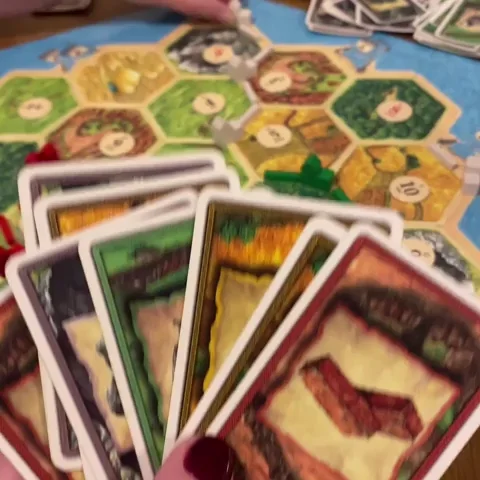 Ready to get playing? Here are some next steps:
Ready to get playing? Here are some next steps:
Your feedback matters to us.
This Byte helped me better understand the topic.

